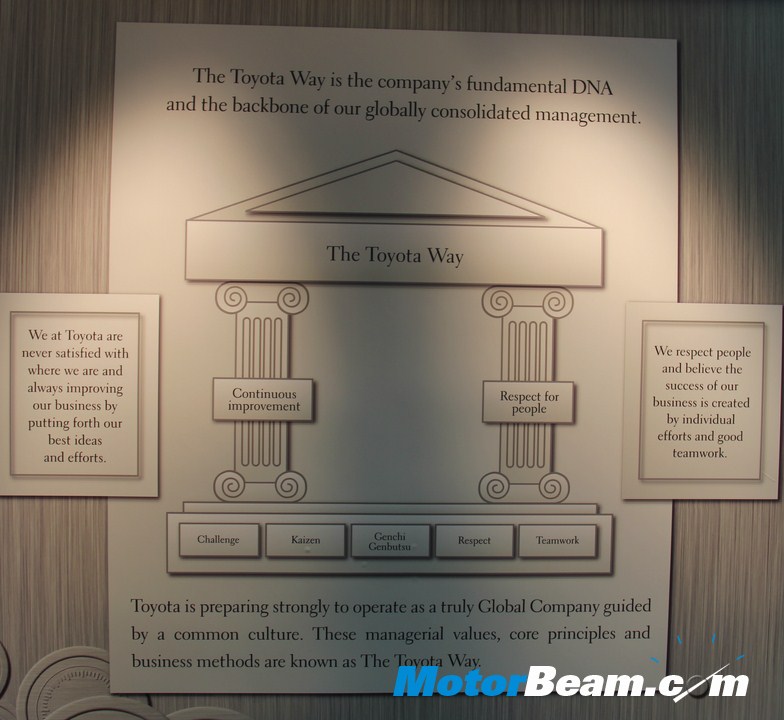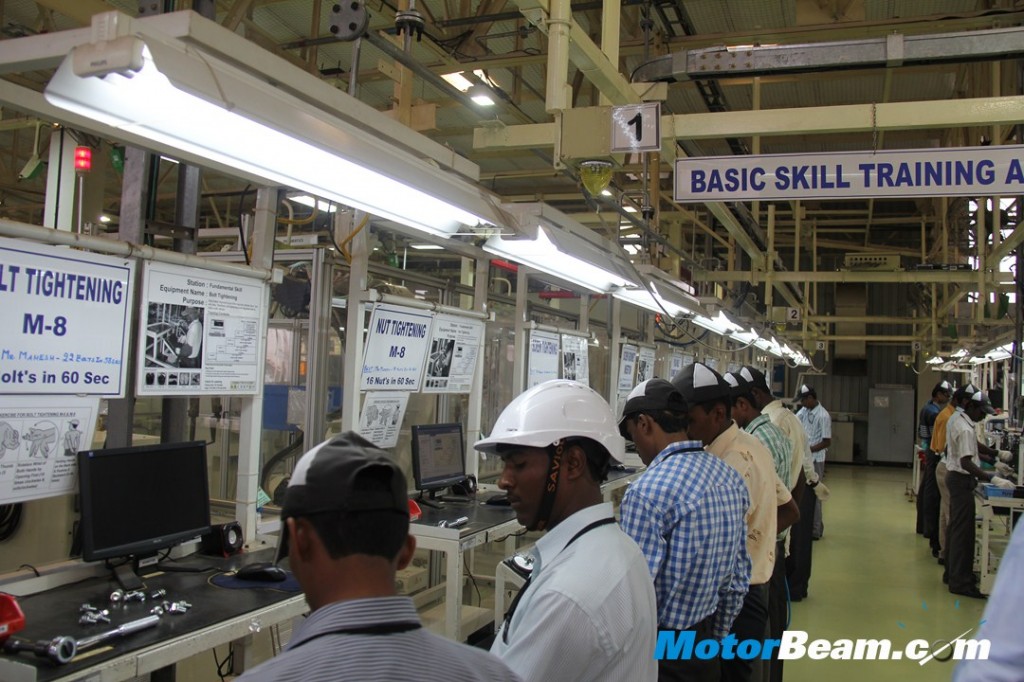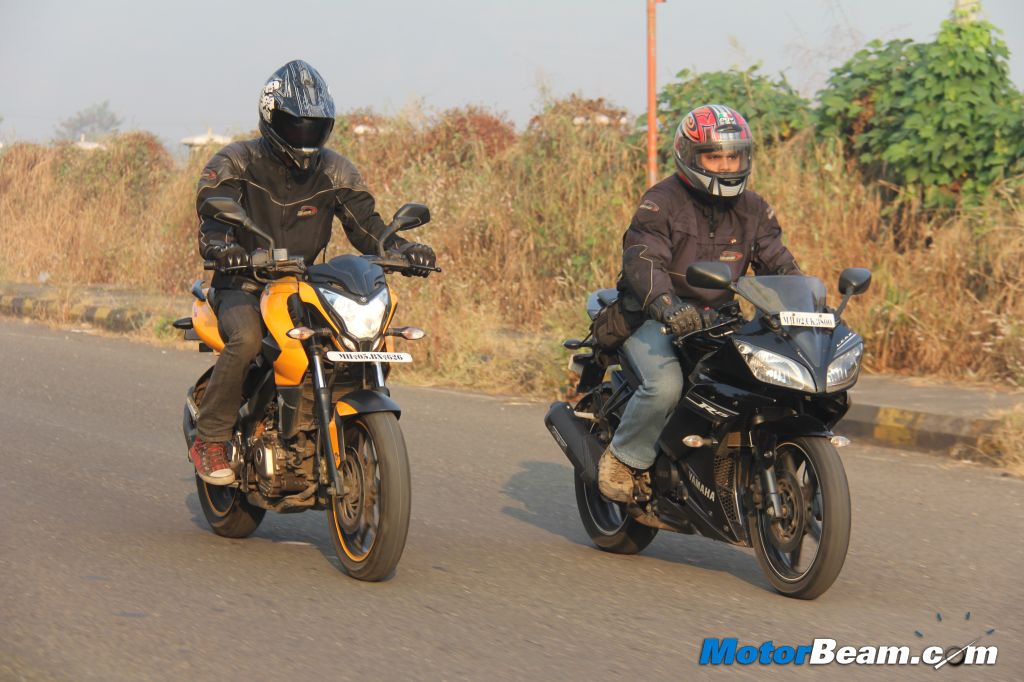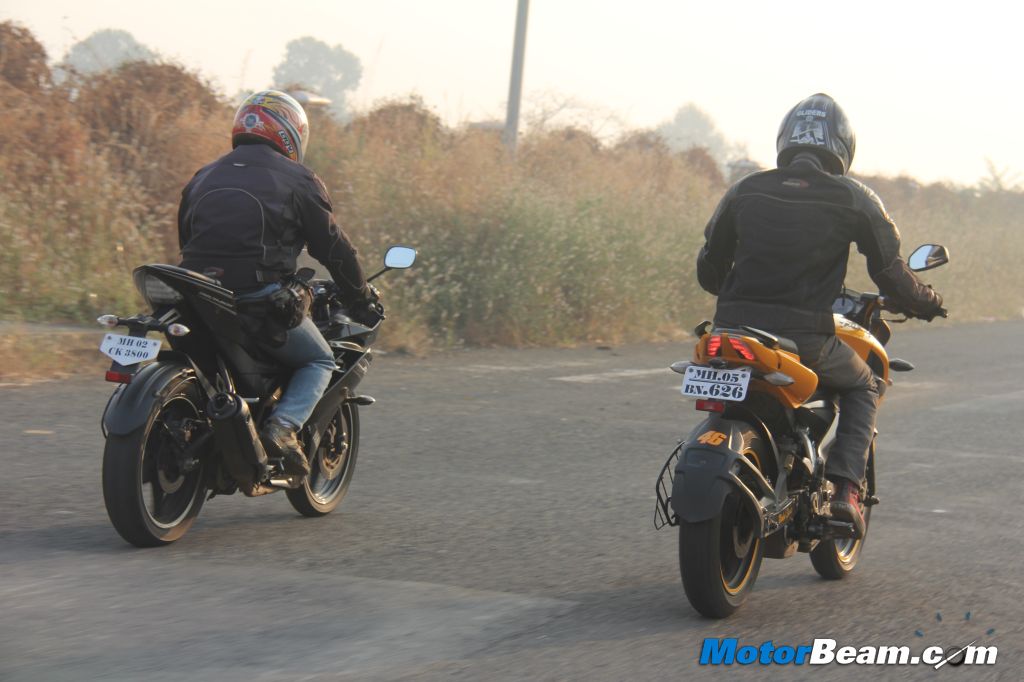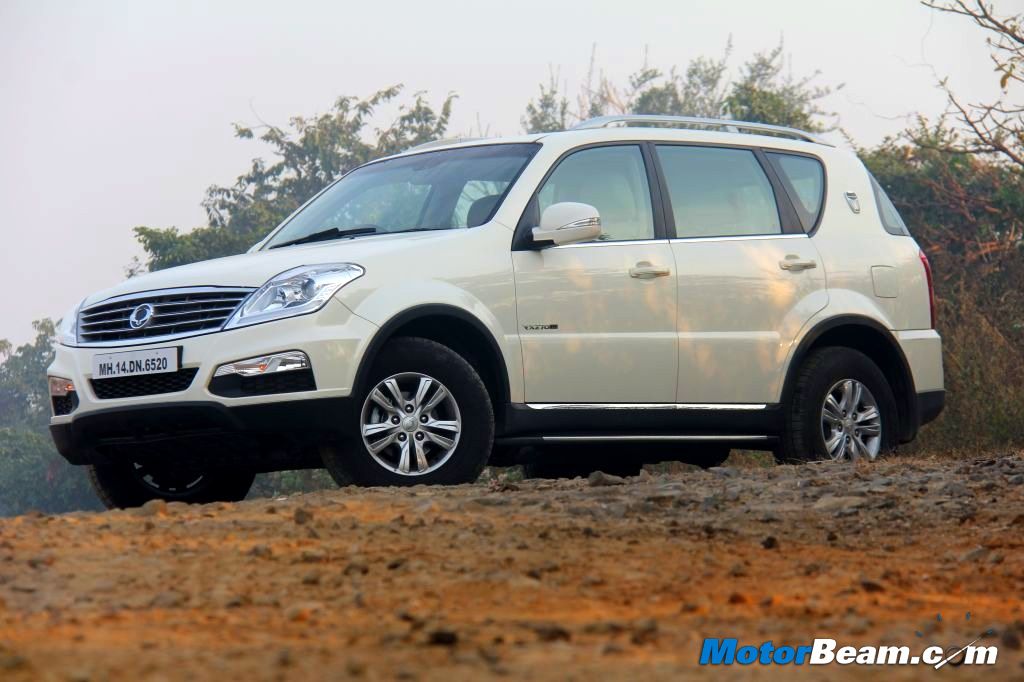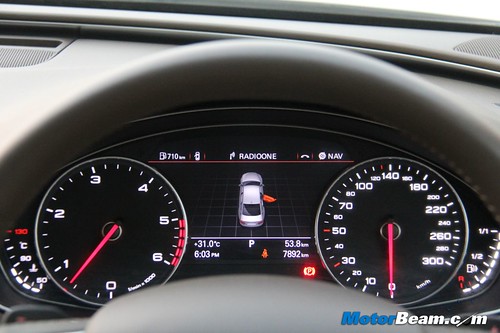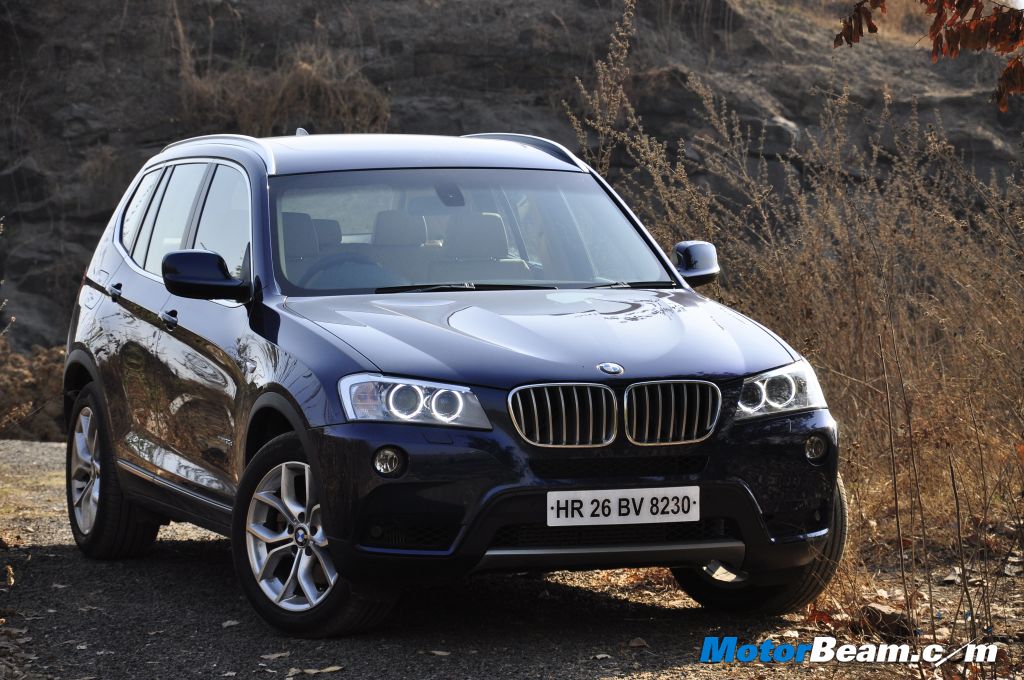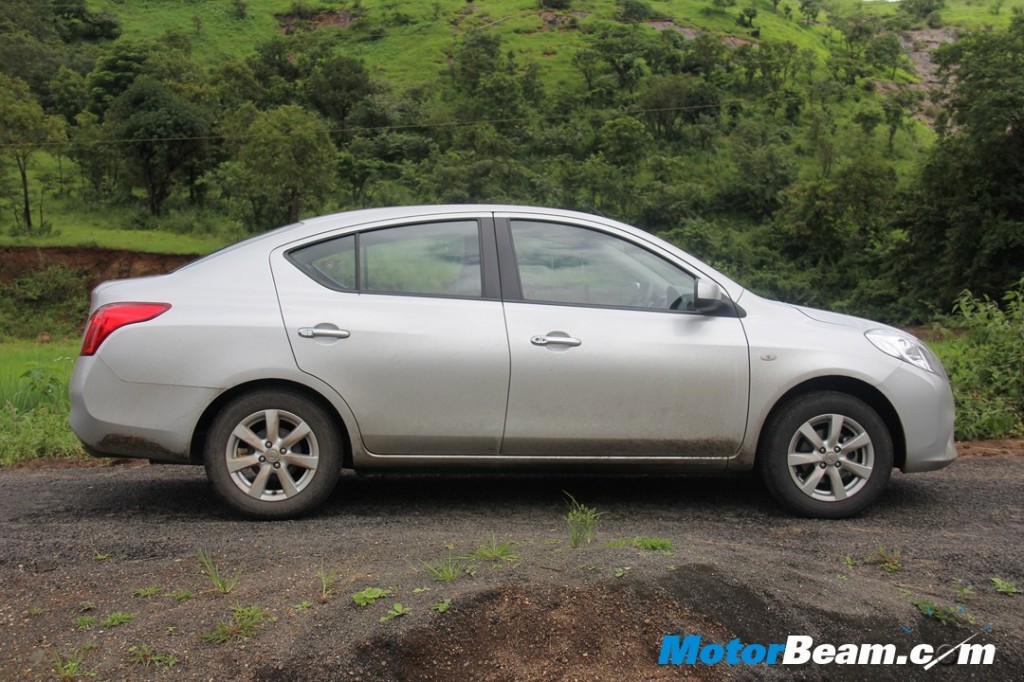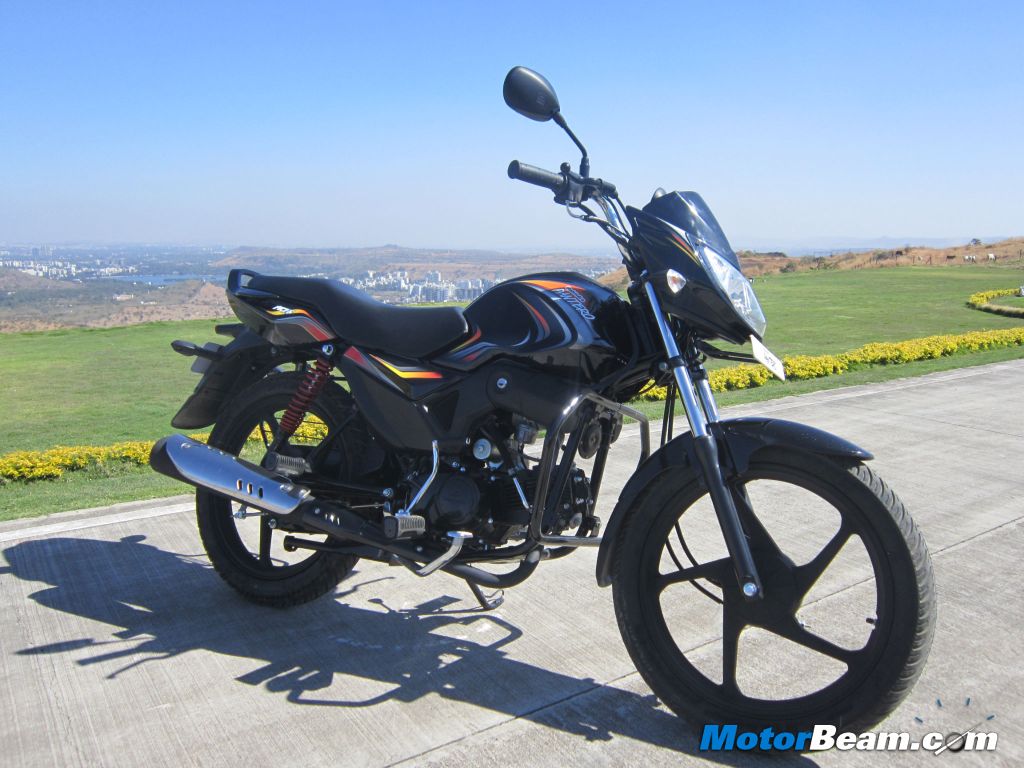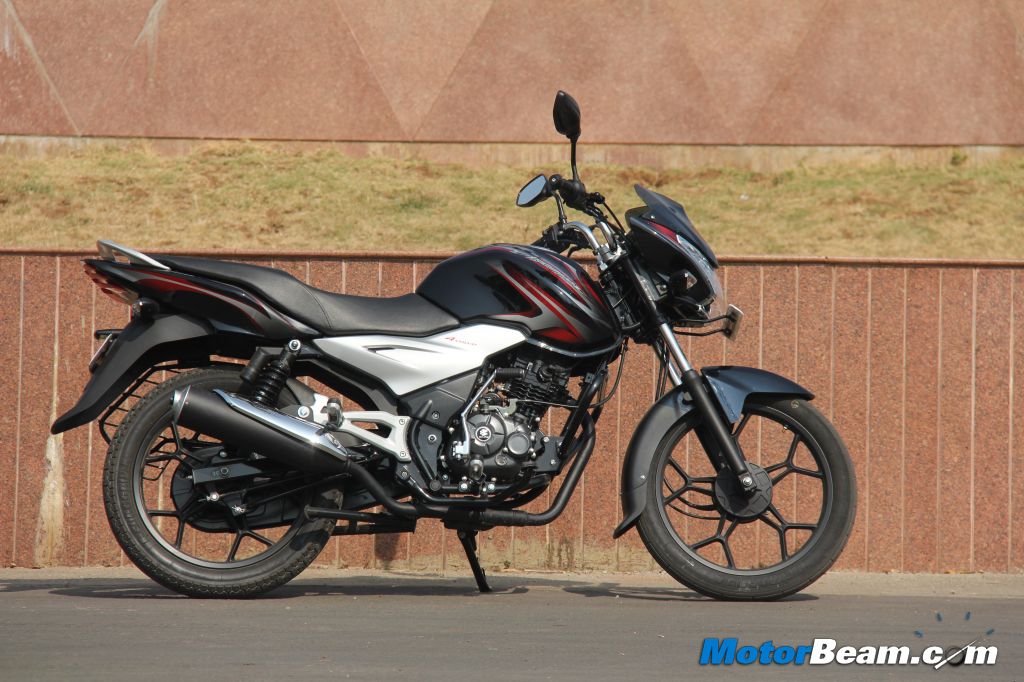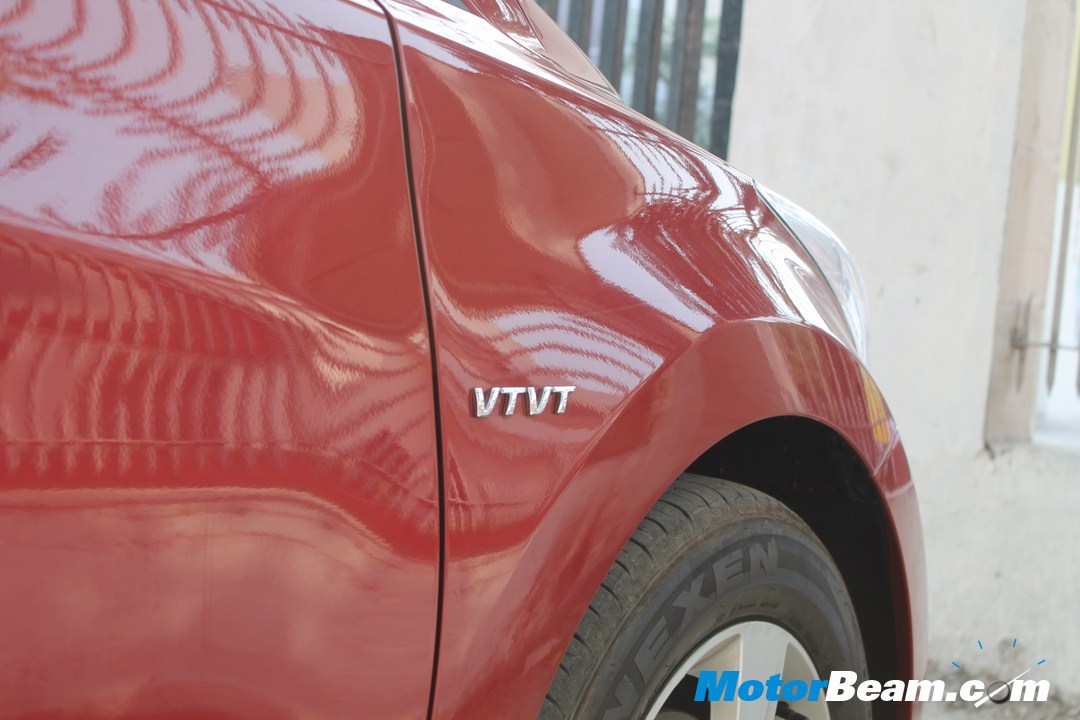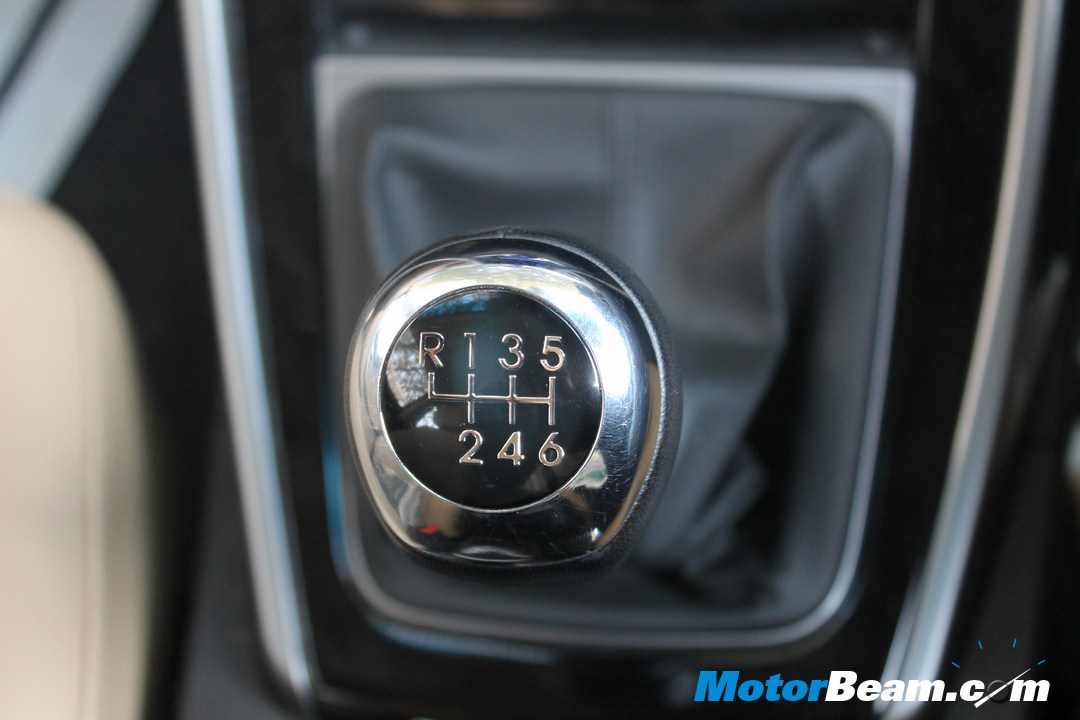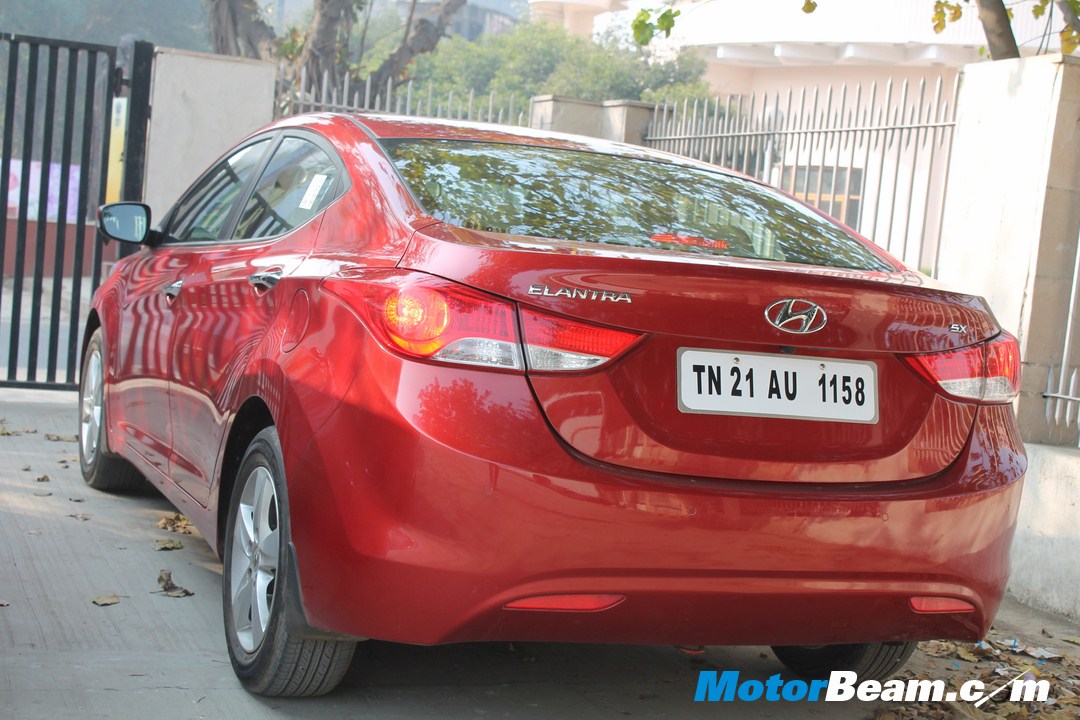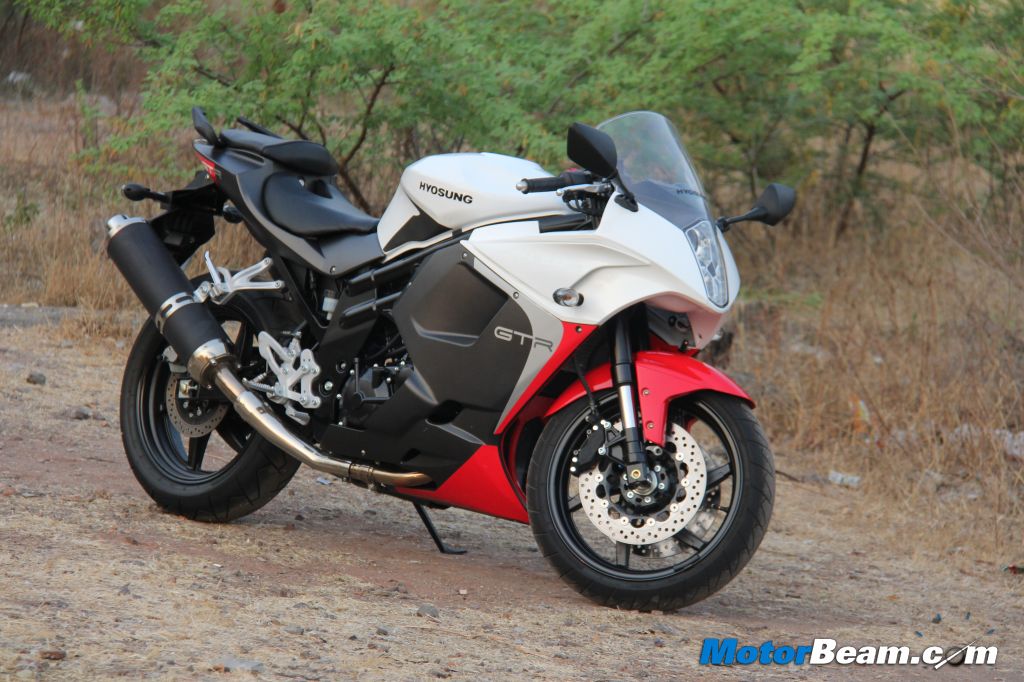Both the Fiat Linea and Ford Fiesta offer unique attributes which make them very desirable cars.
The increasing competition in the C-segment has led to almost every manufacturer launching a vehicle in this segment. While most vehicles have tasted moderate success, there are two cars which never really took off, the new Ford Fiesta and the Fiat Linea. Both these cars are very similar yet different, they sell less than 200 units a month and are highly under-rated. Both are splendid in their own way but the Fiesta’s poor sales can be blamed to pricing, while Linea’s lackluster market performance can be attributed to poor dealership support. Either way, the Linea and Fiesta are cars for the enthusiasts and we pit them against each other in the battle of the underdogs.
Exteriors – Both the Fiat Linea and Ford Fiesta are stunning looking cars. While the Linea comes off as elegant, the Fiesta is more towards the sporty side. The 2012 Fiat Linea gets increased ground clearance which makes it’s stance a bit uninspiring. The bigger 16-inch wheels (against the 15-inch wheels on the Fiesta), fill the wheel arches well, while the chrome detailing works wonders. The Fiesta’s kinetic design has all the right curves and looks extremely sporty and aerodynamic but the slightly bulbous rear-end could have been better. Both were designed around the same time and have generous use of chrome around the doors. However, the Linea’s understated elegance makes it the more appealing vehicle of the two, the Fiesta meanwhile looks more for the younger crowd with its sporty character.
Interiors – Step inside and the Fiesta’s muscular approach continues. The dashboard of the Fiesta is significantly bigger than the Linea. The all black theme showcases the sporty direction which Ford engineers have taken with the Fiesta. The Linea’s dashboard gets the dual tone treatment and is typical Fiat. The beige interiors get leather seats which are standard on the top-end diesel Linea. Cup holders in the Linea (below the centre console) are very poorly positioned and cannot hold any bottles without rubbing with the gear knob. The Fiesta’s front seats are extremely comfortable and envelope you in comfort.
Both cars come equipped with steering mounted audio controls, Bluetooth phone connectivity, foldable key, climate control and one-touch driver side window. However Ford’s Bluetooth system is much easier to use and pair, allowing audio streaming, which is missing in the Linea’s Blue&Me system. The Linea doesn’t even have an AUX port. Ford’s Bluetooth system is so good, you can pair and use it in less than a minute. The Fiesta also has voice activated controls, which works well even with Indian dialects, but it may take some time getting used to. The Fiesta also boasts of better audio quality over the Linea which is pretty average. The single trip-meter in the Fiesta is a bit disappointing.
Both cars are very well put together, offering good built quality and the resounding thud from the doors when you shut them. The Linea’s power window controls on the driver’s side door is perfectly positioned, while the Fiesta’s is a far too behind and not ergonomically right. Both cars offer almost similar headroom, with the Fiesta offering a tad more. However the Linea offers much more rear seat legroom than the Fiesta. Under thigh support is better in the Linea too and so is the boot space, which is 70-litres more than the Fiesta. The Linea gets a full-sized spare tyre but the Fiesta gets a space saver.
Performance – Comparing petrol versions of both the cars doesn’t make sense as the Linea’s 1.4-litre FIRE variants are much cheaper than the Fiesta’s 1.5-litre petrol variants. Thus on pricing alone, the petrol Fiesta rivals the Linea T-Jet but the comparison is unfair as the Linea’s turbocharged petrol engine blows the Fiesta petrol away in terms of performance. A more apt comparison would be between diesel engines of both these cars, which are both mated to a 5-speed manual gearbox, offering almost similar levels of shift quality.
The Ford Fiesta’s 1.5-litre Duratorq diesel engine produces 91 BHP of power output at 3750 RPM and 204 Nm of peak torque between 2000-2750 RPM. The Fiat Linea’s 1.3-litre Multijet diesel engine produces a peak power output of 90 BHP at 4000 RPM and 209 Nm of peak torque at 2000 RPM. Similar power and torque outputs but performance in the real world is very different between both these vehicles. The Linea feels more eager and offers a kick in the pants feel when the turbo kicks in. The Fiesta’s first gear is too short which does rob it from quick getaways.
Both cars have quite a bit of turbo lag but that is inherent in all turbo-diesels these days. The Fiesta’s engine feels more eager towards the higher end of the rev band. Both cars will reach 100 km/hr in around 15 seconds with top speeds being slightly less than 170 km/hr. Mileage from both these cars is similar too, with both vehicles returning around 15 km/l in city driving conditions. With competitors offering more powerful diesel engines, both companies should consider offering oil burners which can truly scorch the tarmac.
Driving Dynamics – Both these vehicles offer significantly better dynamics than most C-segment vehicles. However the Fiesta is much stronger than the Linea in the way it drives. The old Linea had almost spot on balance of ride and handling but the increase in ground clearance seems to have messed it up. The Linea’s steering doesn’t feel as precise as the Fiesta’s. The Fiesta outdoes the Linea on ride quality absorbing most of the bumps with utter confidence. The Linea has a much bigger turning radius, which is typical of Fiat cars.
The Ford Fiesta stays glued to the road at high speed, while the Linea tends to get affected by increased wind velocity. While the Linea is a good handler, the Fiesta is just in a league of its own. This Ford has so much grip on offer that the tyres give up way before the chassis does. You can dart into corners with high entry speeds and exit with a big grin on your face, the Fiesta is that precise and involving to drive. It remains poised with the well weighed steering wheel giving razor sharp directional feedback to the Fiesta. The steering is light a low speeds but weighs up nicely as you speed up. The Fiesta also takes pride in shedding speed and has better braking performance than the Linea, the Fiesta completely steals the show as far as driving dynamics are concerned.
Verdict – Both cars offer almost similar levels of performance and mileage but differ vastly on pricing. The top-end Linea diesel (Emotion) is priced at Rs. 11.08 lakhs, while the top-end Fiesta diesel (Titanium+) is priced at Rs. 12.40 lakhs (on-road, Mumbai). The Fiesta offers voice activated controls and reverse parking sensors, while the Linea offers leather seats and 16-inch wheels. For the extra amount you pay for the Ford, you get a better ownership experience, thanks to the bigger and better service network. The resale value of the Fiesta is higher than the Linea as well, but the Linea is a more rounded package, offering much better rear seat legroom and a bigger boot. The Linea is cheaper by Rs. 1.42 lakhs, which is quite significant, making the Fiat the choice of those who regularly use the rear bench. However if you love driving and don’t usually have more than two people on-board, the Ford Fiesta is undoubtedly the car to get.
The Fiat Linea appeals to the head, while the Ford Fiesta is more of a heart thing, you simply can’t deny how brilliant both these machines are.
Further Reading -
2012 Fiat Linea Review
Ford Fiesta Review
Ford Fiesta vs Volkswagen Vento – Shootout













